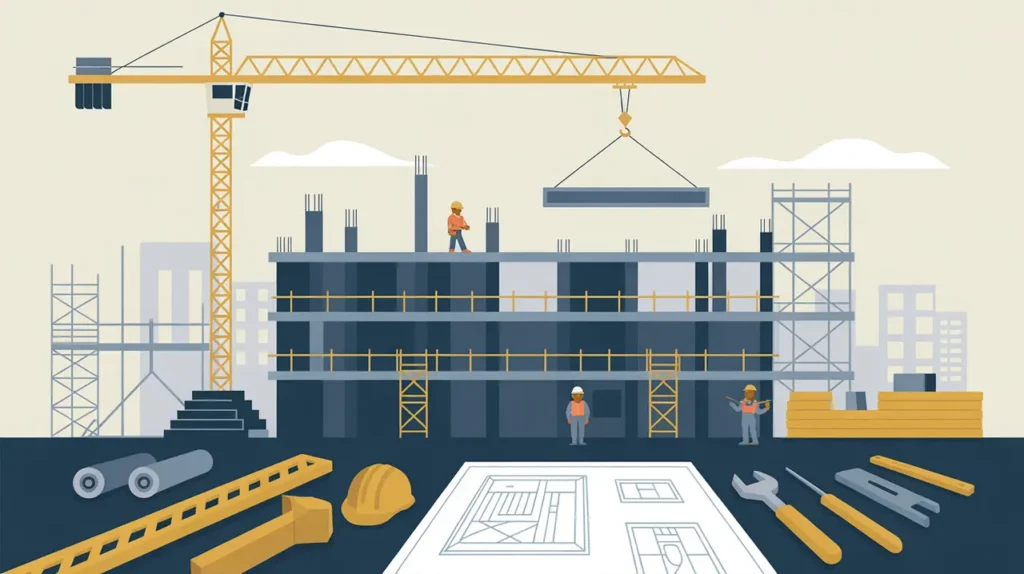Importance of Commercial Construction
Commercial construction is a driver of economic growth, urban development, and service delivery. It shapes the physical infrastructure where businesses, schools, hospitals, and public institutions operate. In international development, commercial construction is closely tied to job creation, investment flows, and the modernization of cities. For nonprofits and social innovators, the sector is significant because it affects access to safe and functional spaces for education, health care, and community services, while also influencing sustainability and equity in urban planning.
Definition and Features
Commercial construction refers to the design, building, and maintenance of structures intended for business, institutional, or mixed-use purposes. Its defining features include:
- Scale and Complexity: often larger and more technically demanding than residential projects.
- Diverse Functions: encompassing offices, retail centers, hospitals, schools, and cultural institutions.
- Regulation and Standards: subject to building codes, safety requirements, and zoning laws.
- Economic Impact: contributing to GDP, employment, and infrastructure growth.
How this Works in Practice
In practice, commercial construction projects are driven by private investment, government contracts, or development financing. For example, donor-funded initiatives may support the construction of hospitals or universities in emerging economies, while public 6private partnerships build airports or industrial parks. Nonprofits may engage by ensuring community consultation in urban planning or by advocating for environmentally sustainable design. Challenges include high costs, corruption risks in procurement, and limited access to green technologies in low-resource settings.
Implications for Social Innovation
Commercial construction has far-reaching implications for social innovation. It provides opportunities to integrate sustainable materials, energy-efficient systems, and inclusive design that serves marginalized populations. For proximate actors, influencing construction practices ensures that new infrastructure is safe, resilient, and aligned with community needs. Innovations such as modular building, green certification, and participatory urban design can offer pathways to balance growth with sustainability.







